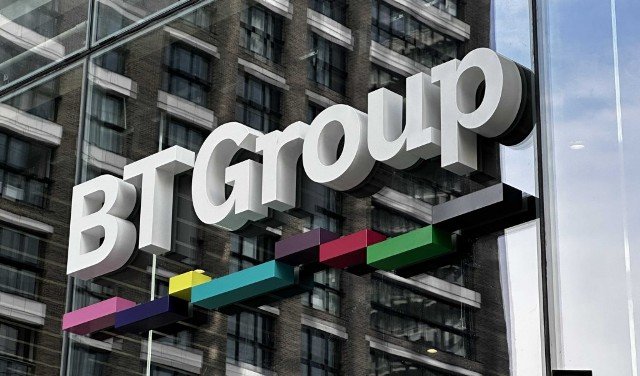BT Group has reported revenue of £20.36 billion for fiscal-2025, a 2 percent decline, reflecting persistent challenges in its Global division and weaker handset business in the Consumer segment.

BT has generated £9.695 billion (down 1 percent) from Consumer, £7.842 billion (down 4 percent) from Business, and £6.156 billion (up 1 percent) from Openreach during fiscal-2025.
UK service revenue, the core of its operations, was down marginally by 0.4 percent to £15.58 billion. However, a turnaround in the second half of the year — with 0.7 percent growth and 1.0 percent in Q4 — offers some optimism. The recovery was driven by an improved fibre-to-the-premises (FTTP) mix in broadband, though it was partially offset by intense pricing competition in postpaid mobile and broadband services.
BT CEO Allison Kirkby said: “BT Group delivered strong progress against its strategic priorities in FY25, as we stepped up the pace of build of the UK’s leading next generation networks.
“We set new record build and connect highs: our full fibre network now reaches more than 18 million homes and businesses, with more than 6.5 million already connected,” Allison Kirkby said.
BT is raising its build target by 20 percent to up to 5 million UK premises in FY26 to reach 25 million by the end of 2026.
Despite the top-line softness, EBITDA rose 1 percent to £8.21 billion, underpinned by ongoing cost transformation initiatives. Operating costs fell by 4 percent to £17.87 billion, aided by structural cost reductions and the absence of prior-year goodwill impairments, though inflation and restructuring costs weighed on margins.
ARPU Trends: Stable to Positive Signals
BT has maintained pricing discipline, with postpaid mobile ARPU holding steady at £19.4. This flat performance reflects market saturation and competitive pricing but was supported by low churn (1.0 percent) and a stable subscriber base at 13.9 million.
Broadband ARPU increased 2.4 percent to £42.2, indicating effective customer upselling and a shift toward higher-value FTTP plans, even as the broadband base contracted by 85,000 over the year. Encouragingly, Q4 showed a return to growth with a net addition of 4,000 — the first quarterly gain since 2021.
Capex and Network Investment
Capital expenditure remained steady at £4.86 billion, primarily channeled into FTTP expansion and customer premises equipment. Openreach accelerated its FTTP build, supported by declining unit costs and infrastructure efficiencies.
For FY2026, BT plans to ramp up Capex to around £5.0 billion, with forward copper sales expected to offset approximately £100 million. The investment underpins BT’s strategy to modernize its fixed-line infrastructure and drive long-term ARPU and cost efficiencies.
Customer Growth and Convergence
BT continues to push convergence across its offerings, with 24.6 percent of Consumer households now using both broadband and postpaid mobile, up from 22.9 percent. The FTTP customer base grew 32 percent year-on-year to 3.2 million, with 427,000 additions in H2 alone. The 5G connected base also expanded to 10.8 million, up 10 percent year-on-year, signaling growing demand for premium mobile services.
Outlook
Looking ahead, BT is targeting normalised free cash flow of around £1.5 billion in FY2026, reflecting the anticipated benefits of its FTTP investments and ongoing operational efficiencies. However, topline growth remains contingent on successfully navigating competitive pressures and delivering on infrastructure-led ARPU uplift.
Baburajan Kizhakedath
